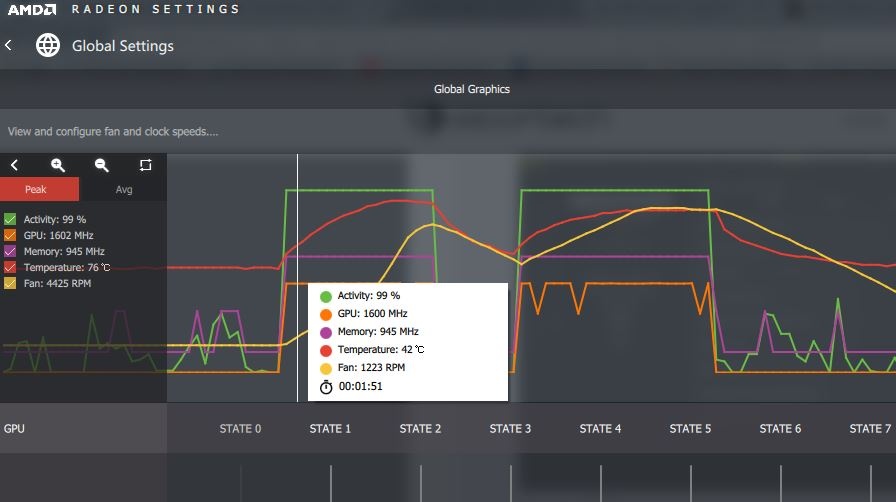Nebuchadnezzar
Legend
You don't know when the silicon came out of the fab, and even in mass production there can be large variations in power. You need proper high volume to be able to have a proper distribution and a median that you can draw conclusions from. How many FE's is AMD selling? 1000's? 10000's? That's too low to be representative. You only have to look at Ryzen to see the actual variations that come out of a factory. This is why binning even exists.They _are_ mass produced. It's not like 16/14 nm FinFET is an unkown variable at this point. Nor are the circuits on the Vega dies hand carved by specifically employed virgins-from-venus or something. We're talking about a selling product here, not some super-early pre-alpha stuff (which might have been valid for the prototype shown back in december in Sonoma).

